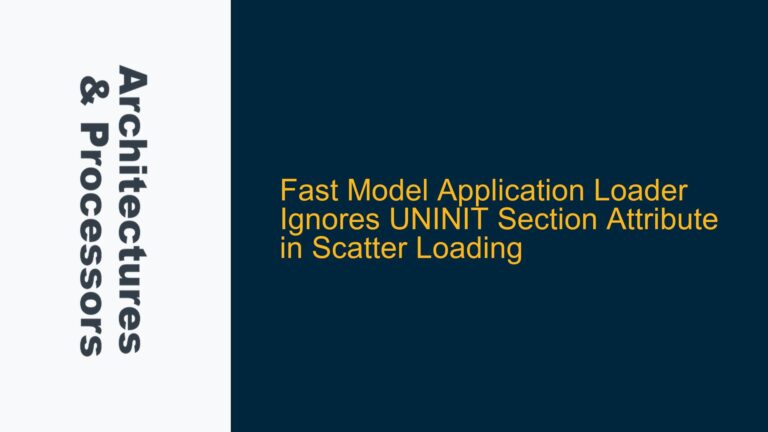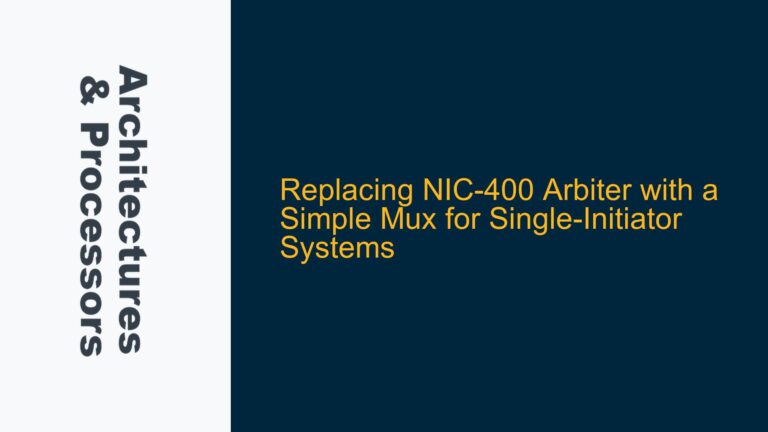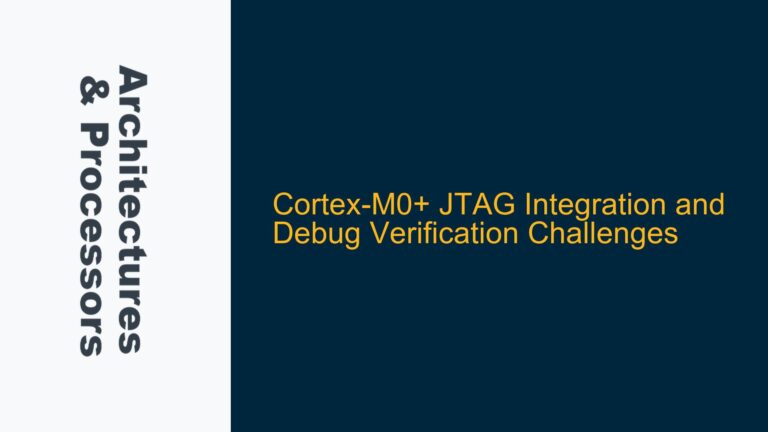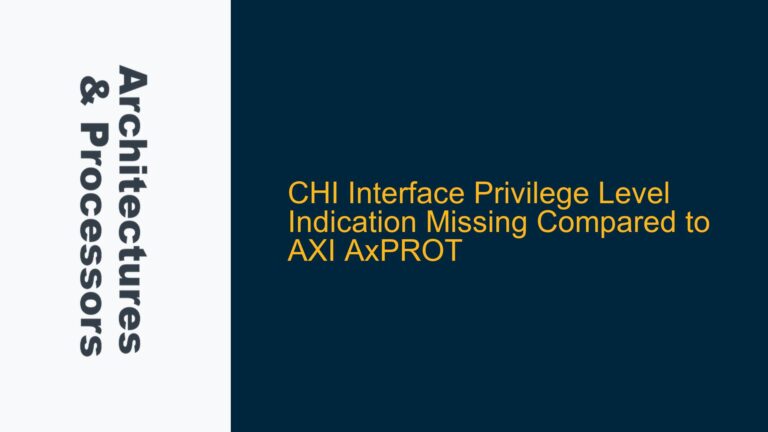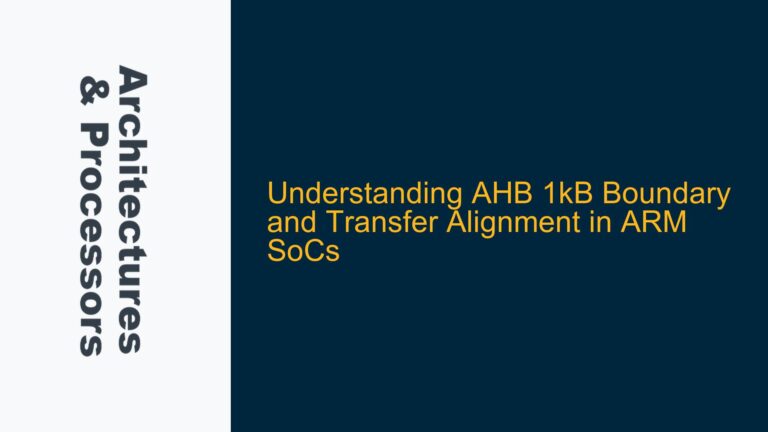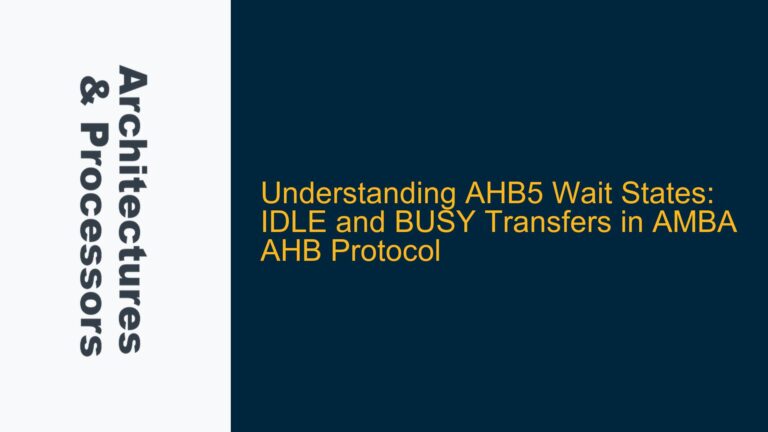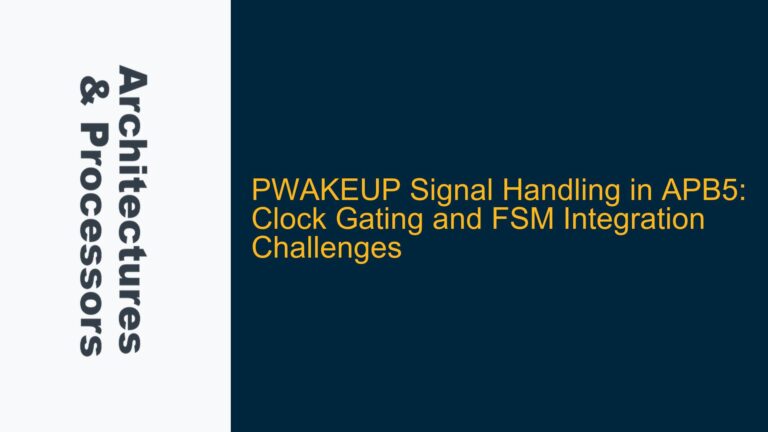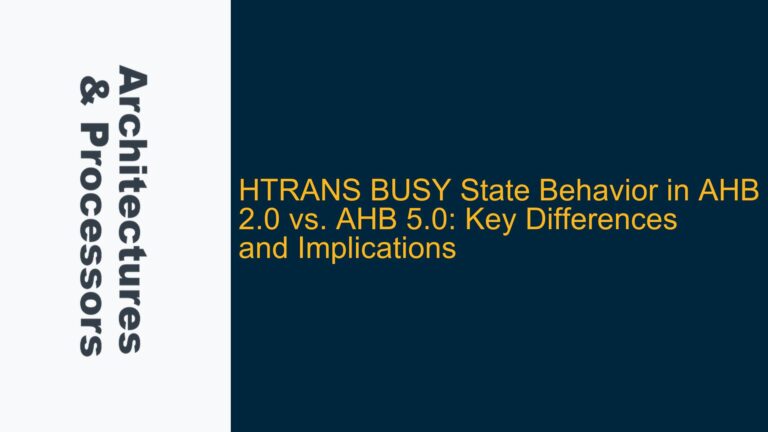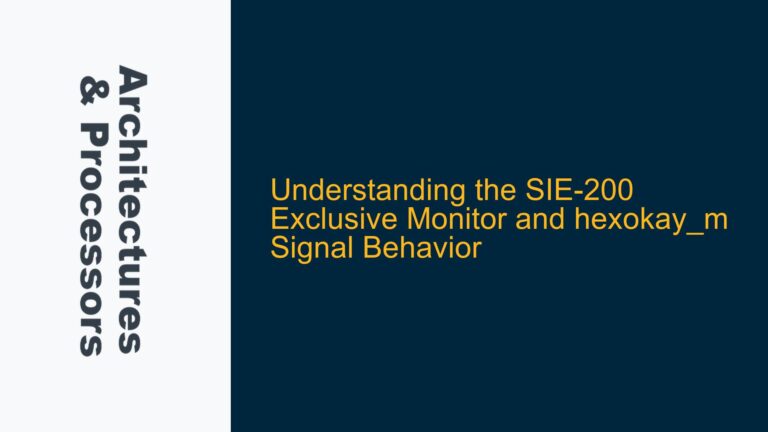Fast Model Application Loader Ignores UNINIT Section Attribute in Scatter Loading
Fast Model Application Loader Misinterprets UNINIT Section in Scatter Loading Script The Fast Model application loader is designed to load executable files (.axf) into the simulation environment, interpreting the scatter loading script to map memory regions correctly. However, a critical issue arises when the loader encounters a memory region marked as UNINIT in the scatter…
